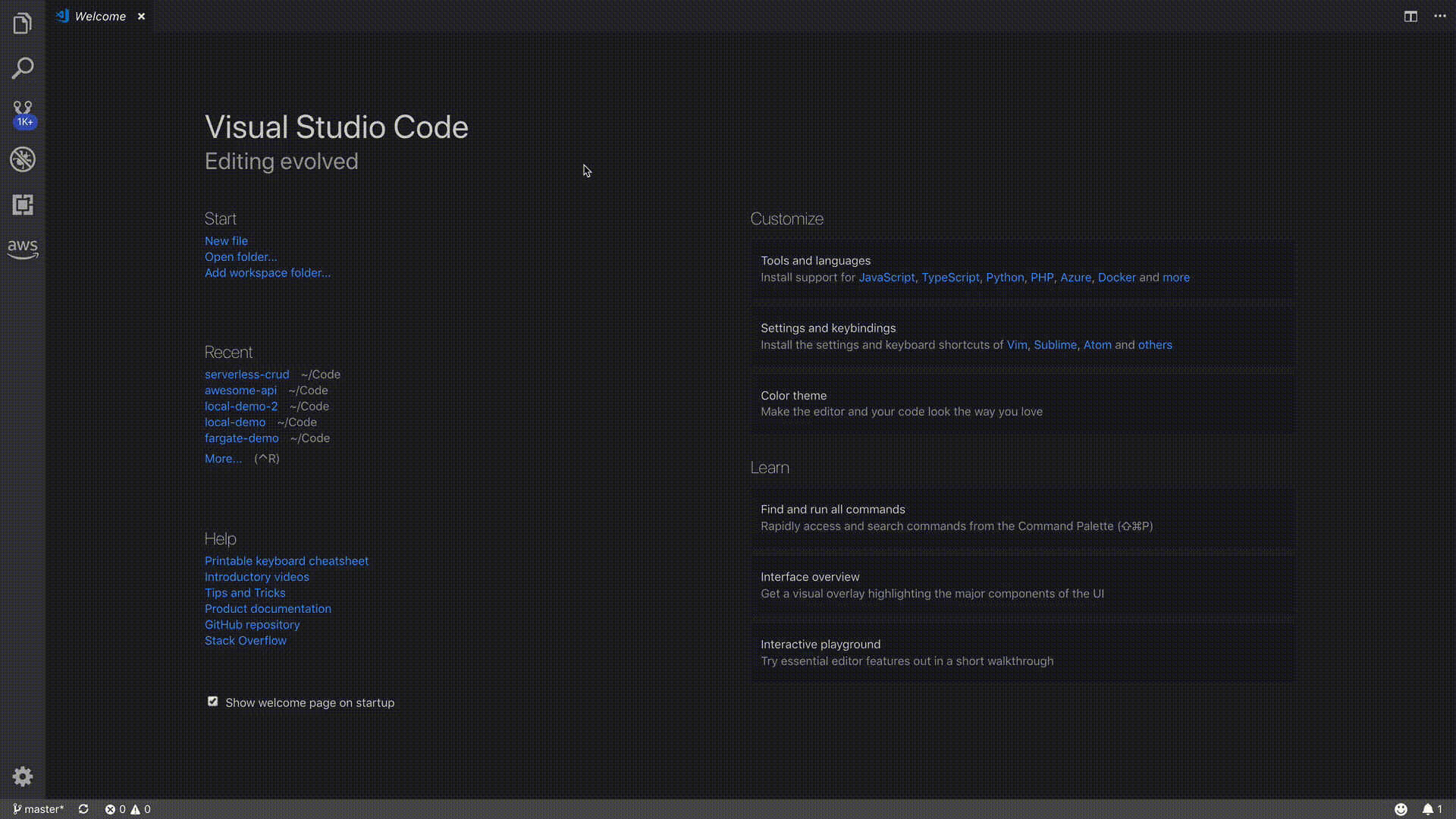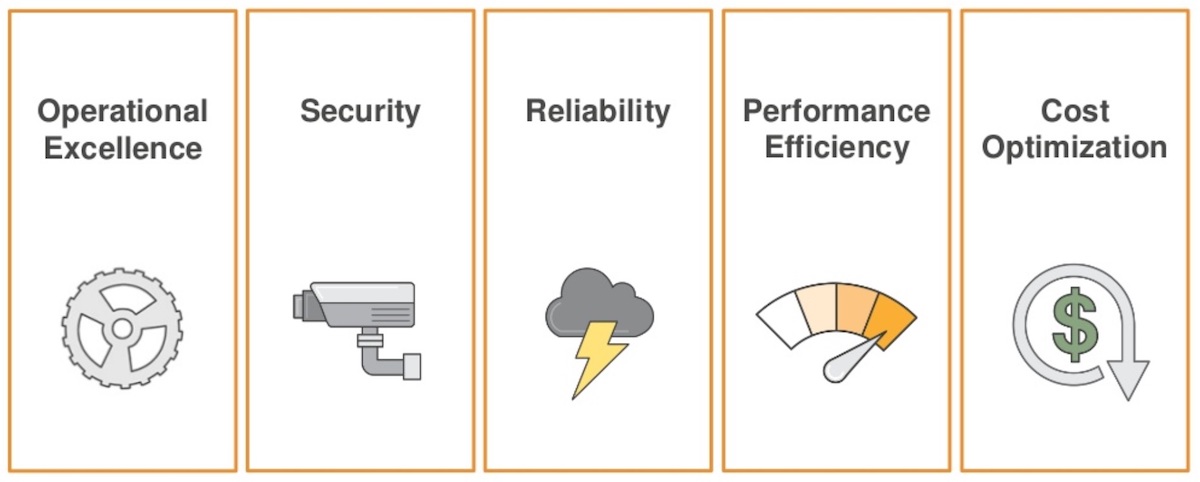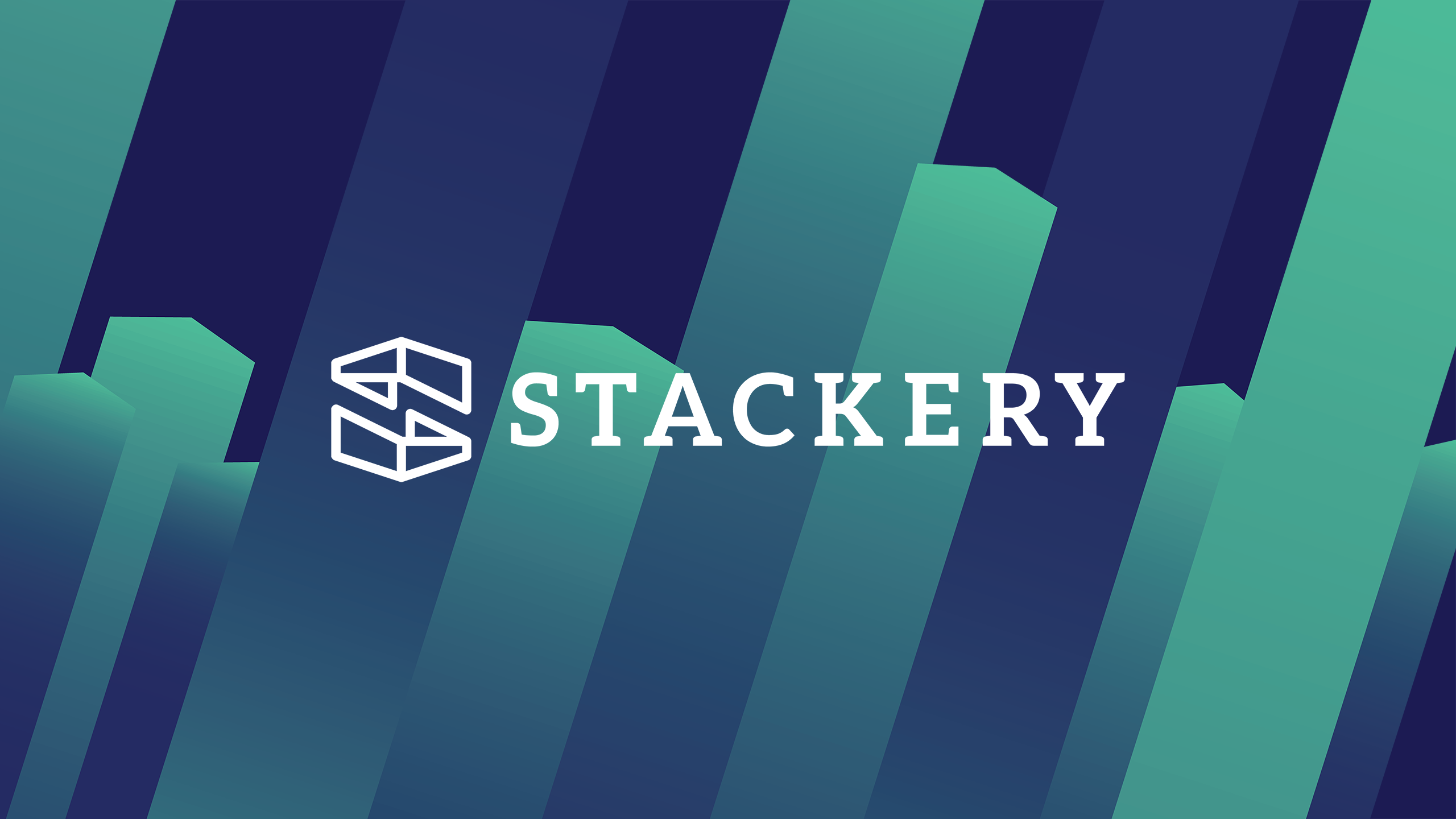The Anatomy of a Secure Serverless Platform, pt. I — Design

A good software design tool enables rapid visualization of application architectures, much like a virtual whiteboard. A great design tool validates service architectures, their communication flows and the infrastructure required to execute them---and builds a scaffold that can be seamlessly taken forward into development.
Security is a vital component of that scaffolding, starting at the design stage and extending through the application lifecycle. While a serverless focus might be justified by improving the overall speed and efficiency of your development workflow, security needs to remain a core element at every step.
But serverless design also involves a shift in thinking and the daunting challenge of leveraging the massive suite of AWS tools and services. Streamlining this process holds the promise of enabling great design with a minimum of complex infrastructure management overhead.
In short, productivity and security in the serverless applications lifecycle starts at the design stage. But what does this mean in practice? How can teams kick off their application's development lifecycle with a solid design approach that goes well beyond whiteboarding on a literal whiteboard?
The Stackery Visual Canvas
The Stackery secure serverless platform revolves around streamlining your design, development and delivery pipeline using an automated approach. This enables the broadest range of best practices and Well-Architected infrastructure methodologies and starts with strong support for the design of serverless applications.
Serverless teams can improve their development workflow using Stackery's collaborative visual canvas---available in the Stackery web UI, as well as through our Visual Studio Code plug-in. In either case, users get powerful visual editing capabilities for AWS CloudFormation and AWS SAM so that developers can configure their serverless infrastructure-as-code templates from the comfort of their browser or IDE.

Our enhanced workflow centers around a drag-and-drop canvas for service architectures that visualize the interactions of stacks using from one to hundreds of resources. This virtual whiteboard empowers teams to architect and iterate upon the structure of applications by leveraging a palette of dozens of AWS resources.
Moreover, an instant reference pop-up feature enables developers to easily make the conceptual leaps required to build a Well-Architected AWS application from the full range of available services.
Meanwhile, the visual representation of your application architecture drives an automated process that generates all the necessary AWS CloudFormation and Serverless Application Model YAML to create a complete application infrastructure.

With the same point-and-click speed, Stackery automatically generates finely-scoped IAM roles and environment data that create a Well-Architected, least privilege security regime for the application components.
Security is the keyword here. Development projects need a well-defined serverless environment that is locked down, where there is control and visibility into how resource access is granted, and what policies are in place. Where the infrastructure setup is complex and the learning curve steep, it's tempting to use the shortcut of overly permissive roles and access. The automation of roles and permissions supported by the Stackery platform ensures a sound security regime that is easy to maintain and carried forward into the development and delivery pipeline.
Teams that adopt serverless development for its promises of rapidity, cost-optimization, and modern scalability are frequently met with a persistent challenge that is also the value and virtue of serverless: the absence of governance.
The rigor and standardization of the outputs from the design tools provides a solid foundation to improve team governance. Establishing good governance across all code infrastructure and environment configurations within the design platform avoids a team dynamic that can undermine durability and scaling and can lead to reduced visibility and control across the full scope of an application.
Design and the 5 Pillars

The 5 pillars of the AWS Well-Architected Framework
At Stackery, we believe that the Well-Architected pillars of operational excellence, security, reliability, performance efficiency, and cost-optimization are not easily achievable without the support and automated assistance of comprehensive serverless tools. Both the Stackery platform and the team that stands behind it is committed to a process of continuous enhancement that helps our customer's development teams achieve Well-Architected applications rapidly, securely and at scale. We help customers realize this framework with architectural visualization tools like our canvas and visual editor.
Read part II in the series: The Anatomy of a Secure Serverless Platform — Develop
We've collected content related to our design, develop, and delivery capabilities into a publication you can download and share with your whole team:
>> Download "Stackery: The Secure Serverless Platform for AWS"
Whether you're an existing user or you simply want a better idea of how Stackery can change your serverless development workflow, we invite you to schedule a complimentary workflow review. Our CTO, Chase Douglas, will review your current development process and identify areas of possible vulnerability or inefficiency in how you deliver applications.

